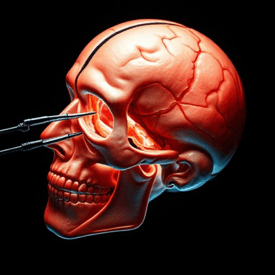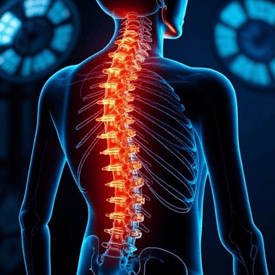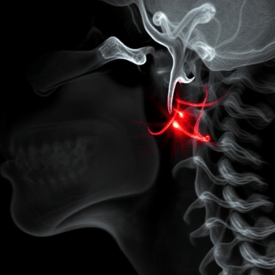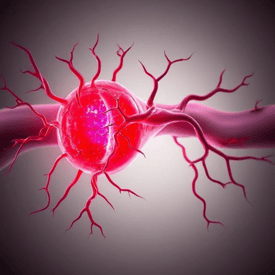NEUROLOGY (BRAIN & NERVOUS SYSTEM PROCEDURES)






A Craniotomy is a surgical procedure in which a part of the skull (called a bone flap) is temporarily removed to access the brain for treatment or diagnosis of brain conditions such as tumors, aneurysms, hemorrhages, or brain injuries. Once the procedure is complete, the bone flap is replaced and secured using medical plates, screws, or sutures.
Craniotomy
Spinal Decompression Surgery
Deep Brain Stimulation (DBS)
Carotid Endarterectomy
Aneurysm Clipping/Coiling
Deep Brain Stimulation (DBS) is a surgical procedure used to treat neurological conditions such as Parkinson's disease, essential tremor, dystonia, epilepsy, and obsessive-compulsive disorder (OCD). It involves implanting a device (like a pacemaker) that sends electrical impulses to specific areas of the brain to regulate abnormal brain activity.
Spinal decompression surgery is a procedure performed to relieve pressure on the spinal cord or spinal nerves caused by conditions such as: Herniated Disc (slipped or ruptured disc), Spinal Stenosis (narrowing of the spinal canal), Spondylolisthesis (slipping of vertebra), Bone Spurs (Osteophytes), Tumors or Cysts causing compression and Fractures or other traumatic injuries.
Carotid Endarterectomy (CEA) is a surgical procedure performed to remove plaque (fatty deposits) from the carotid artery to restore normal blood flow to the brain and reduce the risk of stroke. The carotid arteries are the major blood vessels on either side of the neck that supply oxygen-rich blood to the brain, face, and head. Narrowing or blockage of these arteries due to atherosclerosis (plaque buildup) can significantly increase the risk of stroke.
The procedure is performed to treat a brain aneurysm — a bulge or ballooning in a blood vessel in the brain that can rupture and cause a life-threatening brain hemorrhage (bleeding) or stroke.
Affordable medical tourism services across India.
Support
Query
© 2025. All rights reserved.
